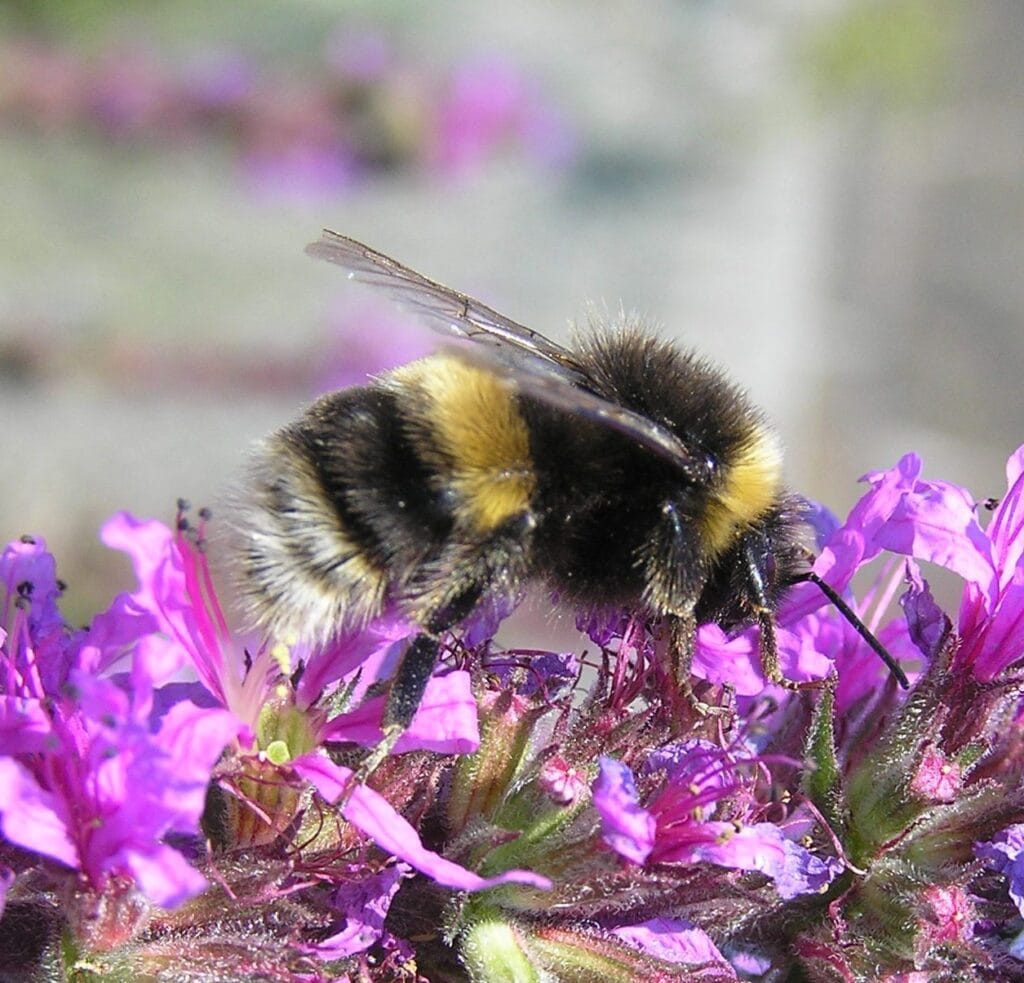Table of contents
Introduction
Composting toilets are a sustainable, water-saving alternative to traditional toilets, ideal for off-grid living, RVs, cabins, and tiny homes. However, one of the biggest concerns for users is managing composting toilet odor control. With the right techniques and materials, keeping your composting toilet odor-free is simple and achievable.
In this guide, you’ll learn:
- The key causes of compost toilet smells.
- Practical solutions for odor prevention and elimination.
- Pro tips to keep your composting toilet fresh and odor-free.
Why focus on odor control?
- Ensures a pleasant user experience.
- Promotes proper composting and waste breakdown.
- Keeps the system hygienic and efficient.
For more information on composting toilet regulations and proper waste management, visit the EPA’s guide on composting toilet systems.
What Causes Odors in Composting Toilets?
Understanding the causes of odor is the first step in controlling it. By identifying the root causes, you can take targeted actions to prevent recurring issues and maintain a consistently odor-free system.
- Excess Moisture:
- Liquids mixing with solids can disrupt the composting process.
- Improper Cover Material:
- Using the wrong material (or too little) fails to neutralize smells.
- Lack of Ventilation:
- Poor airflow traps smells inside the system.
- Overfilled Waste Containers:
- Waiting too long to empty the solids container leads to odors.
- Urine Diverter Issues:
- Clogs or leaks in the urine diverter can cause unpleasant smells.
Best Materials for Odor Control
Using the right cover materials is essential for odor control. The choice of cover material often depends on factors like climate, availability, and personal preference, so selecting the right option for your conditions is key.
| Material | Benefits | Best For |
|---|---|---|
| Sawdust | Absorbs moisture and neutralizes odor | General-purpose cover material |
| Peat Moss | High absorbency, works well in damp areas | Humid climates |
| Coconut Coir | Eco-friendly, lightweight, and absorbent | Eco-conscious users |
| Wood Ash | Neutralizes odor and balances pH | Additional odor control |
| Baking Soda | Natural deodorizer | Quick odor fixes |
Pro Tip: Layer cover material after every use to trap odors and aid composting.
Ventilation: Key to Odor-Free Composting Toilets
Proper airflow is critical for reducing and preventing odors.
How to Improve Ventilation:
- Install a Vent Pipe:
- A vent pipe allows odors to escape while promoting air circulation.
- Use a Vent Fan:
- Electric or solar-powered fans improve airflow and speed up composting.
- Check for Blockages:
- Inspect vent pipes regularly for clogs or debris.
- Position Properly:
- Install vents to channel air outdoors and away from living spaces.
DIY Tip: Install a small computer fan in the vent pipe for an affordable, energy-efficient ventilation boost. The fan enhances airflow, helping to remove moisture and odors more effectively while keeping the composting process running smoothly.
Cleaning and Maintenance for Odor Control
Regular cleaning and maintenance are key to keeping smells at bay.
Step-by-Step Cleaning Guide:
- Empty the Solids Container:
- Empty before it reaches 3/4 capacity to prevent odor buildup.
- Clean the Urine Diverter:
- Rinse the diverter and urine hose weekly to prevent blockages.
- Wash the Container:
- Use a natural cleaning solution (e.g., 1 part vinegar to 3 parts water, or 2 tablespoons of baking soda in warm water) to sanitize the solids container.
- Refresh the System:
- Add a fresh layer of sawdust or peat moss after cleaning.
- Replace Filters:
- Replace charcoal filters or vent fans as needed for optimal airflow.
Quick Tip: Avoid harsh chemical cleaners as they can disrupt the composting process by killing beneficial bacteria that are essential for breaking down waste efficiently. Instead, use a simple DIY solution of vinegar and water, or sprinkle baking soda to neutralize odors naturally.
Natural Deodorizers and Odor Neutralizers
Adding natural deodorizers can provide an extra layer of odor control.
- Baking Soda:
- Sprinkle a small amount to neutralize odors instantly.
- Wood Ash:
- Acts as a natural deodorizer and balances pH levels.
- Essential Oils:
- Add a few drops (e.g., tea tree or lavender) to cover material for a fresh scent.
- Charcoal Filters:
- Absorb and trap odors effectively.
- Natural Additives:
- Use enzymes or compost accelerators to speed up decomposition and reduce smells.
DIY Tip: Combine baking soda and essential oils for a homemade compost toilet deodorizer.
Troubleshooting Odor Problems
1. Persistent Smells
- Cause: Poor ventilation or improper cover material.
- Solution: Improve airflow, check for vent blockages, and layer sawdust after each use.
2. Urine Smells
- Cause: Blocked or leaking urine diverter.
- Prevention Tip: Check the urine diverter weekly to ensure it’s clean and free of blockages, which can help avoid unpleasant smells.
- Solution: Clean and inspect the urine diverter and hoses weekly.
3. Wet Compost
- Cause: Excess moisture mixing with solids.
- Monitoring Tip: Regularly check for signs of moisture buildup, such as clumping or a soggy texture, and adjust the amount of cover material or improve ventilation as needed.
- Solution: Use a urine diverter and add more dry cover material like sawdust.
4. Overfilled Container
- Cause: Delayed emptying of the solids container.
- Prevention Tip: Set a regular schedule to check and empty the container before it reaches capacity to prevent odor buildup.
- Solution: Empty the container before it’s 3/4 full.
Frequently Asked Questions (FAQs)
- What is the best material to control compost toilet odor?
- Sawdust, peat moss, and coconut coir work best for absorbing moisture and neutralizing smells.
- How do I stop urine smells in a composting toilet?
- Use a urine diverter, clean the urine hose regularly, and ensure proper ventilation.
- How often should I empty a composting toilet to prevent odor?
- Empty the solids container every 1-2 weeks or when it reaches 3/4 capacity. The frequency may vary depending on the number of users, with more frequent emptying needed for larger households or higher usage.
- Do composting toilets always smell?
- No, with proper cover material, ventilation, and maintenance, composting toilets are virtually odor-free.
- What can I add to eliminate odors naturally?
- Baking soda, wood ash, or essential oils are great natural deodorizers.
Conclusion
Managing composting toilet odor control is simple with the right materials, ventilation, and regular maintenance. By following these tips, you can ensure your system remains fresh, odor-free, and efficient for years to come.
For a comprehensive list of the top composting toilets on the market, check out our guide on the best composting toilets for homes, cabins, and RVs.




